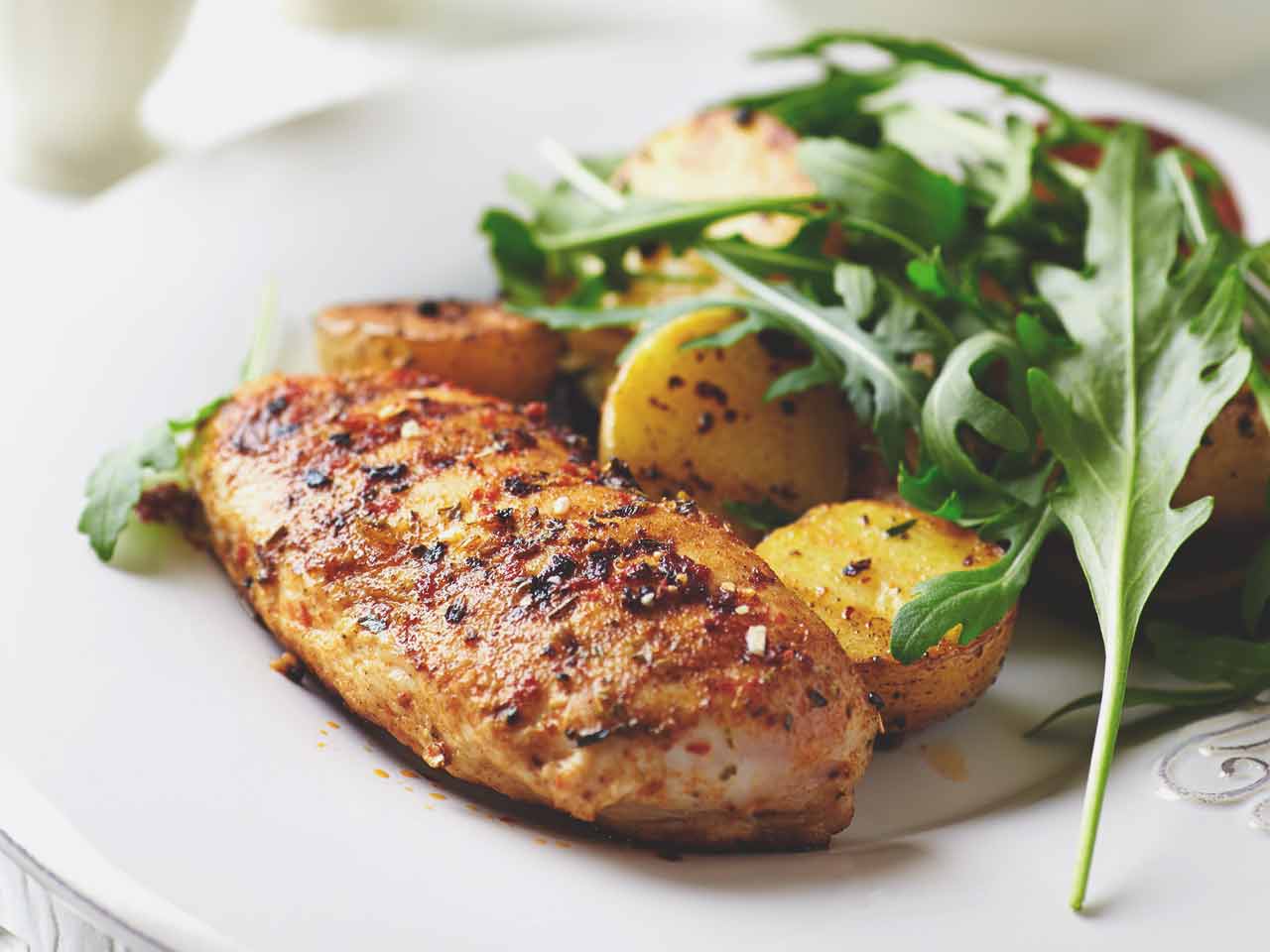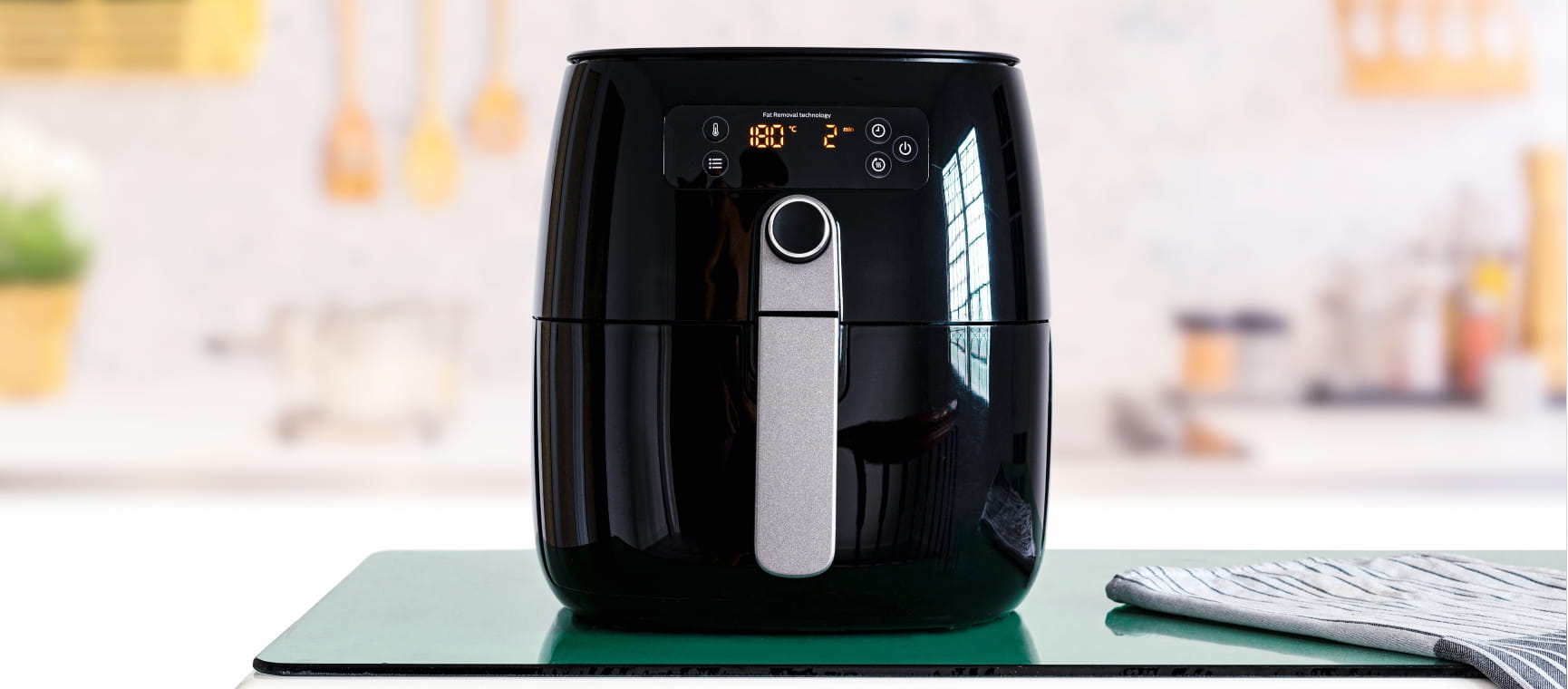Why now is the best time to plant potatoes for Christmas
Fancy home grown spuds with your Christmas dinner? Follow our five steps from the experts on how to grow perfect festive spuds.

Fancy home grown spuds with your Christmas dinner? Follow our five steps from the experts on how to grow perfect festive spuds.

If you love the idea of serving up your own home grown potatoes at Christmas, then August is the perfect time to start.
We spoke to Rob Smith, product development manager for Sutton Seeds and Thompson & Morgan who says that a festive crop could be the best all year.
"Growing potatoes in late summer in time for Christmas is probably even easier to do than growing them in the traditional spring planting season, no earthing up and less risk of damage from slugs and blight," he says.
If that all sounds like exciting news, then what are you waiting for? Get out into the sunshine and create some Christmas cheer!
August and early September is the time to plant potatoes to be sure they’ll be ready to harvest for your Christmas dinner.
It's because temperatures are already warm by late summer and there is no need to ‘chit’ (or sprout) the seed potatoes before planting – they can be planted directly into the soil.
Ideally, potatoes for Christmas should be grown in growing bags or large pots as they will need to be moved to a sheltered position before the first frosts arrive.
Gardeners often ‘chit’ their seed potatoes in order to get them off to an early start in spring. It involves placing them in sunlight for a few weeks before they go in the ground, to encourage them to start sprouting (or chitting). This gives them a head start when they get are put into the cold and often damp soil in spring, resulting in an earlier crop of spuds.
Thankfully, if you are planting them in summer for a Christmas harvest, there is no need to chit them first as the soil/ compost is already warm.
We've got the five steps to growing perfect potatoes for your Christmas Day lunch.
The best types of potatoes to grow for Christmas are first or second earlies. Suitable varieties include first earlies ‘Lady Christl’, ‘Orla’ and ‘Rocket’, and second earlies ‘Charlotte’, ‘Maris Peer’ and ‘Twinner’, but there are plenty of others to choose from.
The most important factor when selecting potatoes to grow for Christmas is that they have been ‘cold-stored’.
“If you take a potato that you have just grown and stick it in the ground, it won’t sprout,” Smith explains.
“You need to buy ones that have been kept in a cold store in order for them to grow at this time of year.”
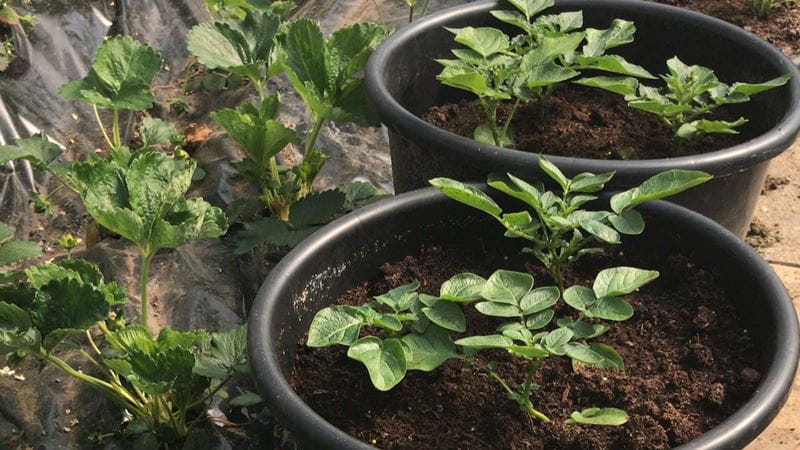
Smith suggests growing Christmas potatoes in pots rather than directly in the ground so they can be moved somewhere sheltered before the frosts arrive.
“I use a bucket with drainage holes that is at least 40cm (16in) diameter and 40cm (16in) high,” he says.
“Fill the bottom of the pot with 10cm (4in) of a general-purpose, peat-free compost. It is best to use fresh, bought compost rather than homemade or older compost, as this avoids problems with introducing slugs – particularly keel slugs".
Smith places two or three potatoes into each pot. As he explains: “The more potatoes you put in, the smaller the potatoes will be. Place potatoes on the surface of the compost spaced equally apart.
“There is no need to gradually earth up the potatoes with more compost as they grow, as you would with conventional potato growing,” Smith continues.
“Simply fill the container right to the top with compost. The advantage of this is that you will get bigger potatoes, albeit a smaller quantity."

Place the pot a sunny position and occasionally water when the compost feels dry to the touch.
Before the first frosts arrive, move the pot into a sheltered position such as a porch, conservatory or frost-free greenhouse. Smith says he moves his pot of potatoes into his shed as autumn approaches.
“Even if the plant stops growing and the foliage starts to die back, the potatoes can happily stay in the pot until you are ready to harvest them for your Christmas dinner.
"I trim back the foliage at this stage and reduce watering, then allow the potatoes to mature in the shed until I’m ready to eat them. ”
Potatoes should be ready from late October/early November. Smith says: “The simplest way to harvest your delicious potatoes is to stick your hand in the compost and pull out a few potatoes. Keep the remainder under the soil until you need them again.
By keeping them dry and frost-free, they will store in their container until Christmas and longer.”
Simon Akeroyd has written more than 30 gardening books during his career, he was a head gardener for the National Trust and RHS (Royal Horticultural Society) and also writes regularly for national newspapers, magazines and has been featured on TV gardening programmes.
During his career, he’s managed many gardens including RHS Wisley, RHS Harlow Carr, Sheffield Park, Polesden Lacey, Coleton Fishacre, Compton Castle and Agatha Christie’s Greenway.


Your chance to win a five-night river cruise with Saga worth almost £3,000, exploring some of Germany's most culturally-rich cities.

Saga Home Insurance comes with garden cover included. Find out what’s included and get tips to help secure your garden.
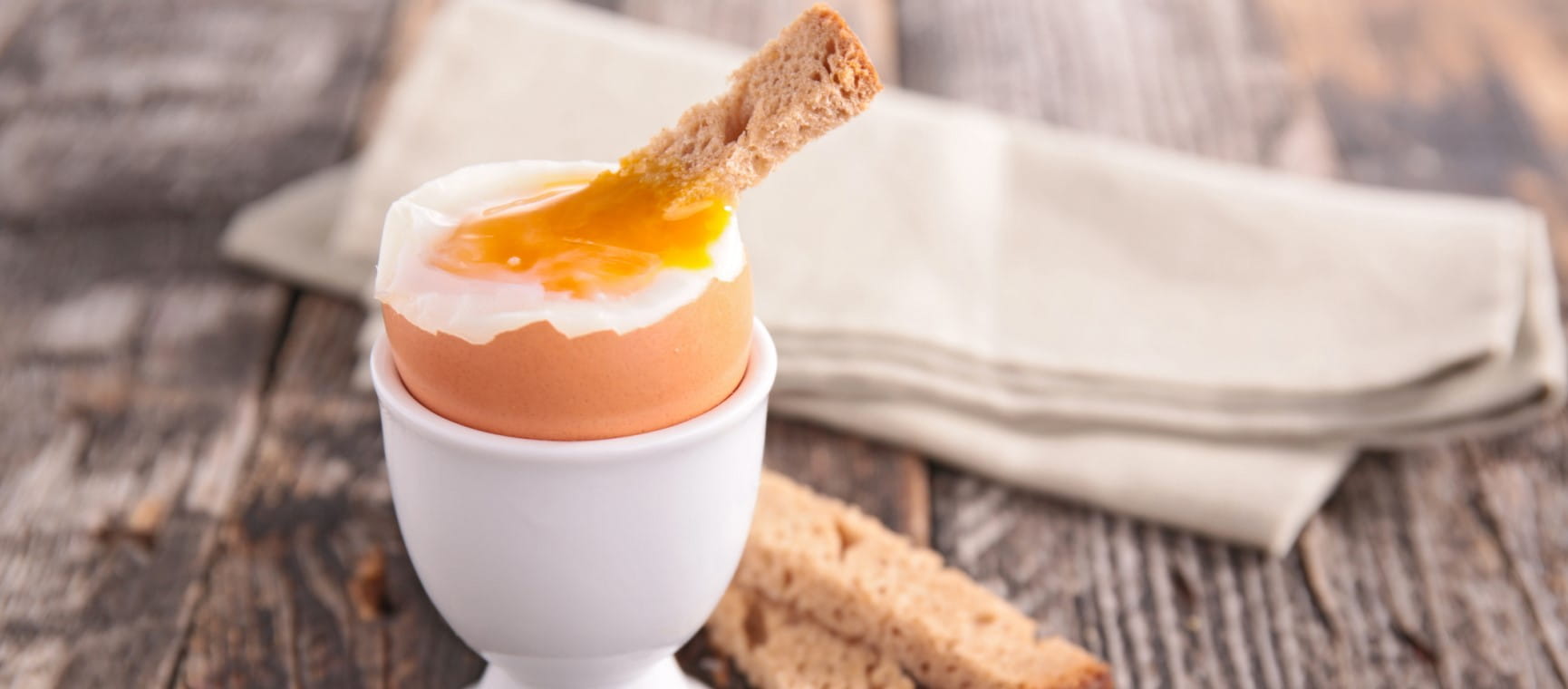
The best ways to boil an egg, which may surprise you, and the egg-boiling mistakes to avoid.



We’ve found the best money-saving alternatives to some of the most popular branded products.


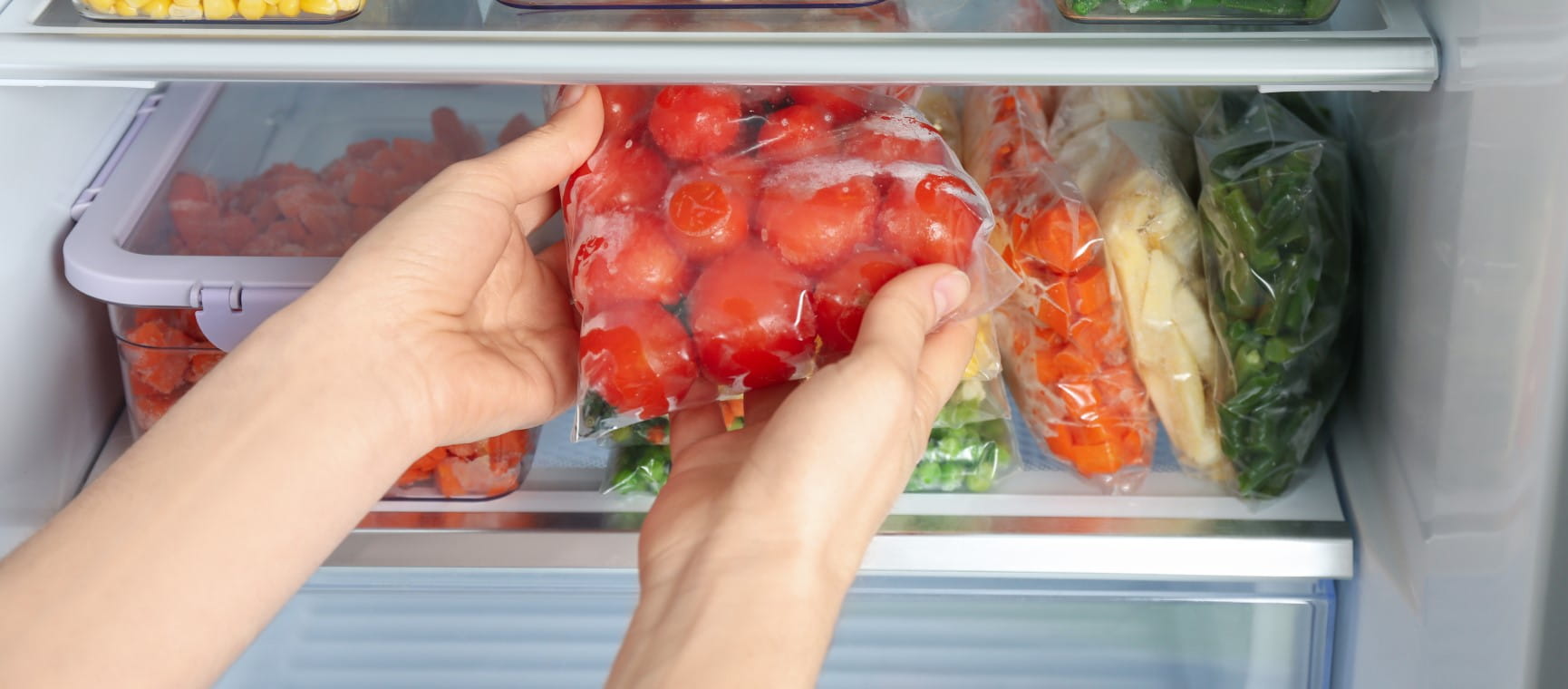
These foods will lose flavour and freshness if you store them in the fridge.


